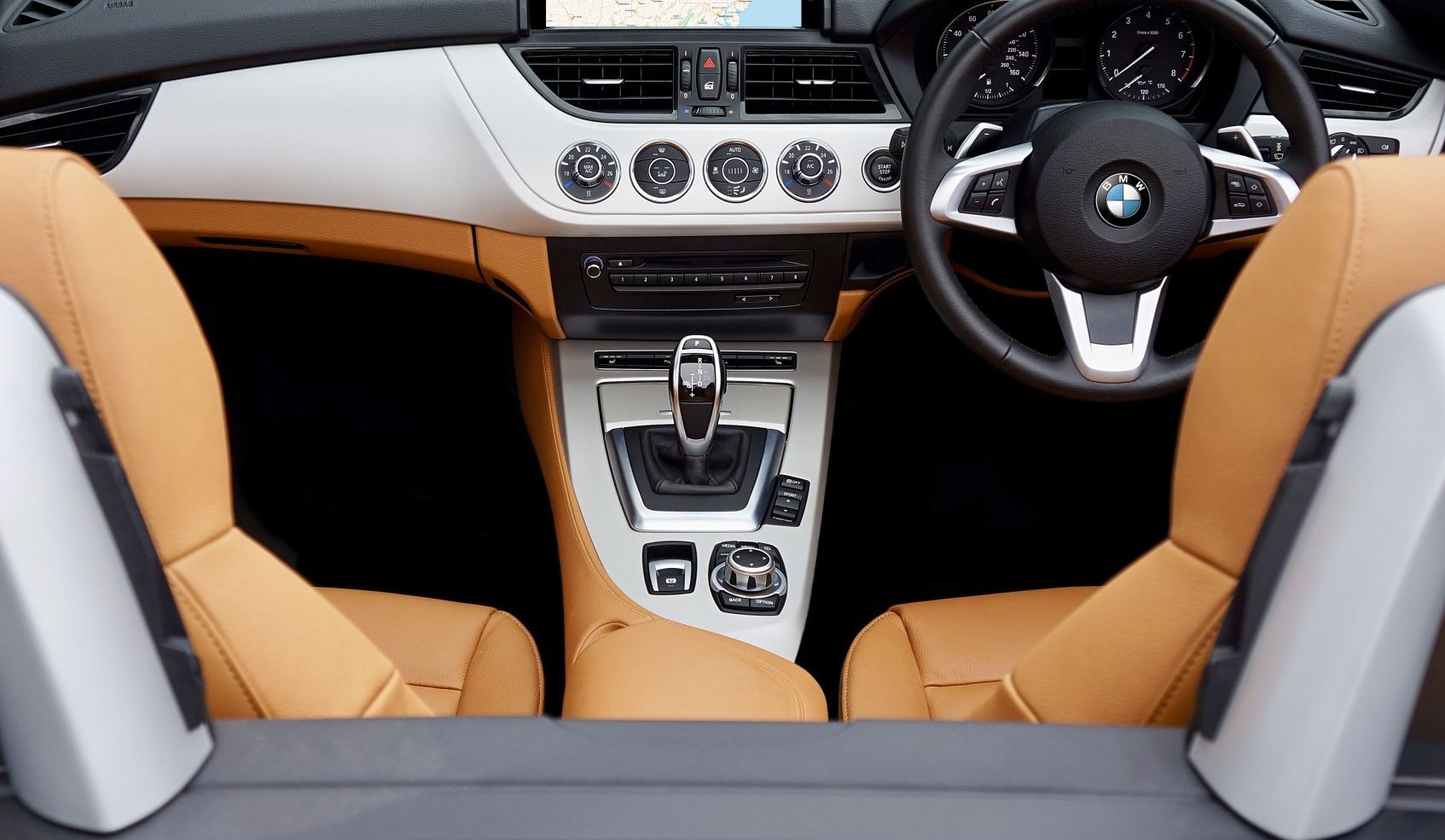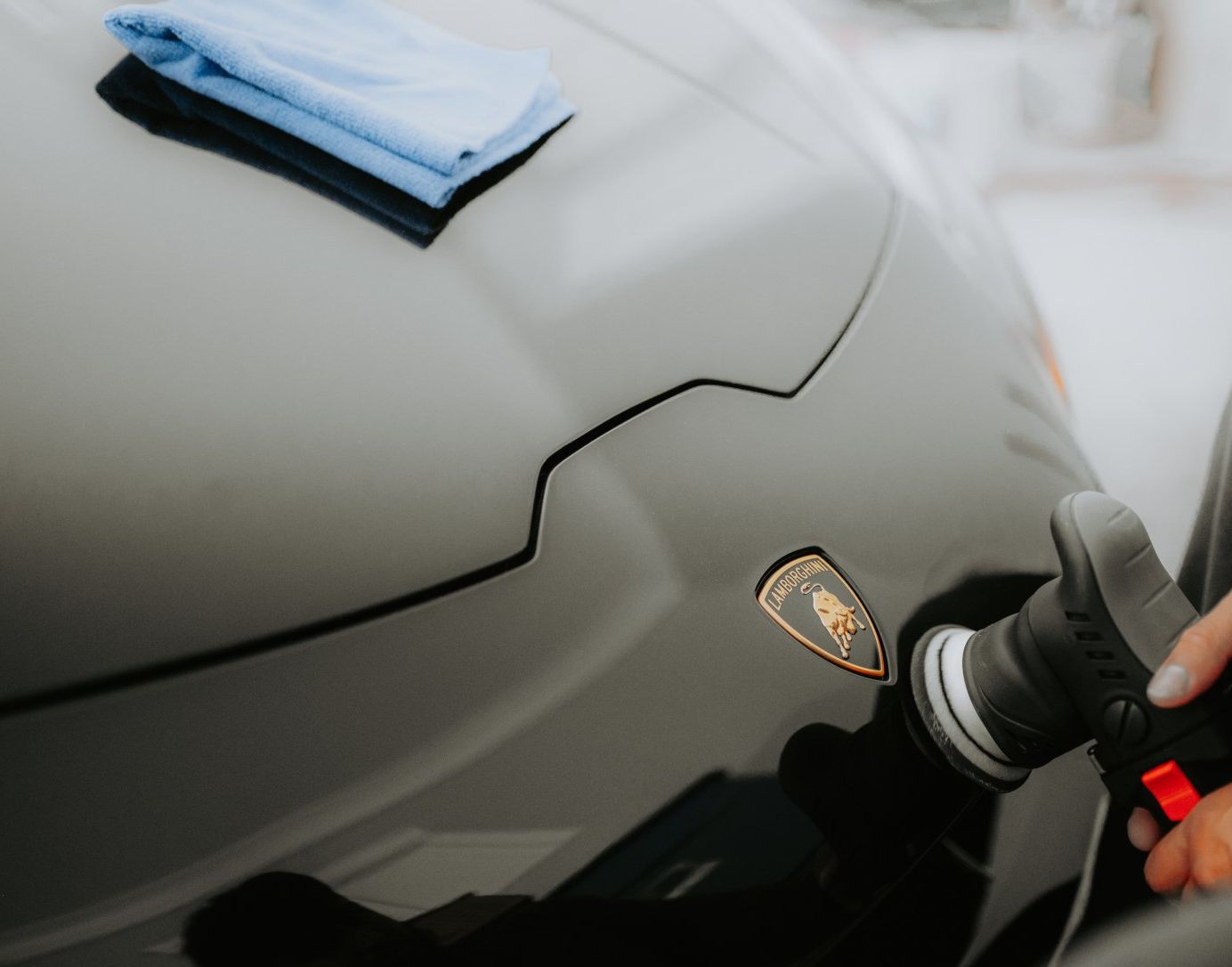Polishing Perfection: The Pros and Cons of Using a Detailing Clay Bar on Your Prized Possession
Hello, fellow motorheads! The devil is always in the details when it comes to presenting a car that commands respect and admiration. Just as a well-tailored suit conveys authority and finesse, a well-detailed car makes a powerful statement about its caretaker. One tool frequently talked about in the detailing community is the clay bar. So, let's delve into the nuts and bolts of the detailing clay bar, examining its pros and cons, to determine if it's a tool worthy of your detailing arsenal.
What is a Detailing Clay Bar?
For those unfamiliar, a detailing clay bar is a non-abrasive, pliable resin compound designed to pick up microscopic particles and contaminants from your vehicle's paintwork. Using one helps you achieve an impeccably smooth surface, which is the foundation for a shining finish. They come in various grades, from mild to aggressive, and their usage depends largely on the amount and type of contaminants on your vehicle's surface.
The Pros of Using a Detailing Clay Bar
Unsurpassed Smoothness
Clay bars are unrivalled in achieving that glass-like smoothness we car enthusiasts dream about. They're designed to remove contaminants that washing and waxing cannot. From brake dust, tar, sap, to even the tiny metal particles known as rail dust, a clay bar can make your car's surface as smooth as a showroom model.
Enhanced Appearance
The result of using a clay bar is not just tactile but visible too. Once all the contaminants are removed, the true potential of your car's paintwork can shine through. Subsequent waxing and polishing steps yield a depth and gloss that make your car truly stand out in any gathering.
Better Wax Bonding
The removal of contaminants allows wax and sealants to bond more effectively to the paint surface. This creates a longer-lasting protective layer and enhances the shine, enabling your car to maintain its sheen for an extended period.
The Cons of Using a Detailing Clay Bar
Time-Consuming
Clay barring a vehicle is not a quick process. It involves meticulously treating one small section at a time to avoid missing any areas. If your idea of detailing is a fast in-and-out job, a clay bar may test your patience.
Possibility of Marring the Paint
While the clay bar itself is non-abrasive, it has the potential to mar your car's paintwork if not used correctly. If any large contaminants get caught in the clay, they can scratch the surface. Thus, frequent kneading of the clay bar is required to ensure a clean surface is always in contact with the paint.
Not a Fix for Deep Contaminants or Defects
As effective as clay bars are for surface contaminants, they cannot correct deep-seated issues such as swirl marks, scratches, or oxidation. These issues require paint correction techniques such as polishing or even wet-sanding.
The Verdict
While the clay bar does have a few cons, its benefits are significant and undeniable for any car enthusiast who values their vehicle's appearance. However, it's vital to understand that a clay bar is just one tool in the wider car detailing toolkit. It's a powerful ally for prepping your vehicle's paintwork but isn't a miracle cure-all for every defect.
So, the next time your prized possession needs a good pampering, don't shy away from the detailing clay bar. With patience and the right technique, your ride will thank you with a shine and smoothness that will turn heads wherever it goes.
Remember, every car has a story, and every detail adds another line to that tale. So, keep revving, keep shining, and let's continue to write beautiful stories together with our cars.
Happy detailing, my friends!
You might also like


